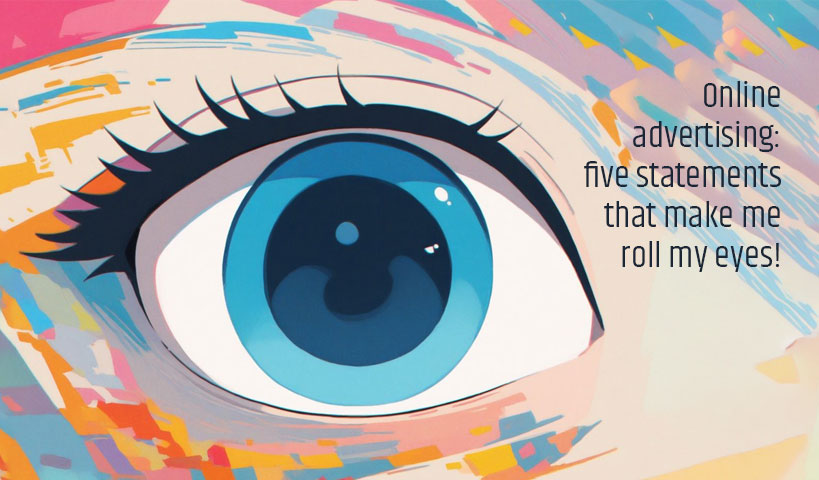
This fall, the technological scene has been particularly lively (though not necessarily revolutionary), for the manufacturers Apple and Samsung. See for yourself: the iPhone 5 and the Samsung Galaxy S3 entered the smart phone market, the iPad Mini announced its mission to compete with the Samsung Galaxy Note 2 on the compact tablet segment, etc.
A raging patent war
The business issues at stake are enormous for both actors who each claim to be the world leader of the electronic industry and do everything they can to undermine the competition. However, when innovation is no longer enough to distinguish between the competition and the products all look the same, companies may use the law to tip the scales in their favor.
This is what the patent war has shown as Apple and Samsung launch a full-fledged, multimillion dollar assault on each other. Since April 2011 and in several countries accusations fly left and right concerning copying the design of products and icons as well violating of patents, etc.1
…but a decent B2B relationship
The French saying that “the heart has its reasons that reason ignores” is perfectly adapted to business! It should be noted that if the relationship between Apple and Samsung is tumultuous with regards to “end-user sales,” their agreement is rather cordial in the “B2B” aspect of the “B2B2C” process.
For example, did you know that the screen of the iPad 3 (“New iPad”), the RAM of the iPhone 4S or the SSD module of the MacBook Air all come directly from Korean Samsung factories?2 Moreover, according to an article published by Reuters, 26% of the costs of iPhone parts are attributed to Samsung.3 Difficult to believe! More generally, Morgan Stanley has evaluated the sale of electronic parts 8% of Samsung’s profits. It would be interesting to know what proportion of the 8% returns directly to the apple brand.
So there is a strong interdependence between Samsung and Apple. Yet, their relationship seems to be ambiguous and difficult to discern, what with so many processes and their strategic partnership. Does this situation demonstrate a general consensus regarding whether a B2B business relationship is more important than that with the end user?




